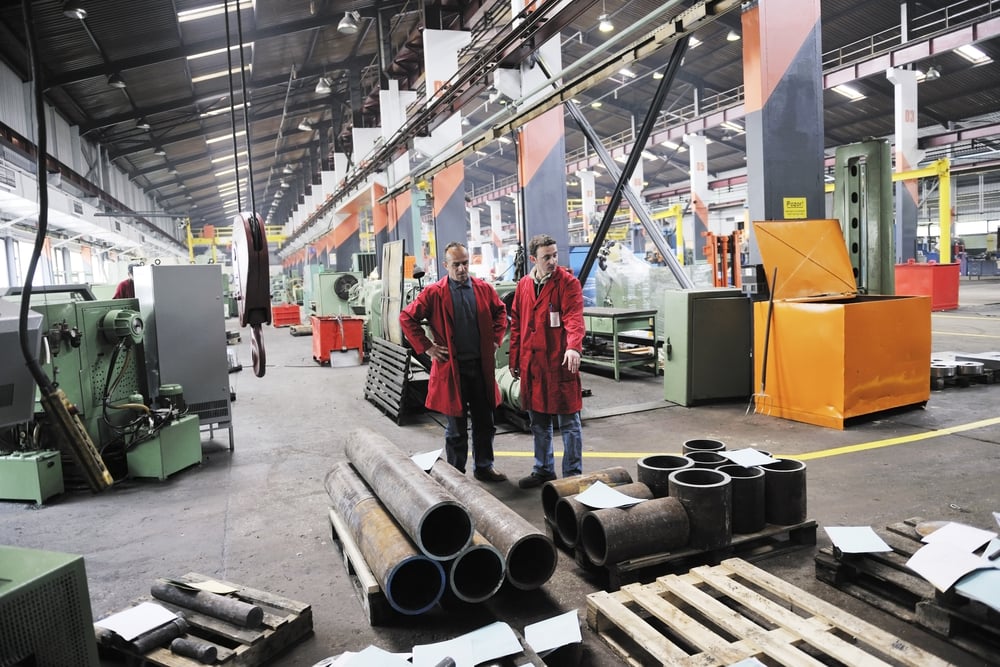Two Approaches to Help Ease Manufacturing’s Labor Shortage
The post-Covid labor shortage feels unprecedented. The National Association of Manufacturing predicts that over 2.1 million jobs will go unfilled through 2030 in that industry alone.
When businesses in the late 1990s found themselves in a similar predicament, experts blamed the labor shortage, in part, on changing family needs and automation. Given the similarities with the current situation, what lessons can the industrial manufacturing industry learn from 25 years ago?

Greater Support Allows Caregivers to Continue Working
The 1990s marked the popularization of life-work balance, coinciding in part with the increase in women in the workplace. One of the results of the pandemic has been to strain that balance, prompting the exodus of women from the labor pool.
The demands of caregiving are a primary cause: Fortune reports that nearly 16,000 daycare and childcare centers have permanently closed following Covid, and professional childcare now costs over $10,000 annually per child. Many families have found it more realistic and economical to have one adult stay home as a caregiver. Since women in the manufacturing industry make just 72 percent of the median male salary, that adult is usually female.
Companies that recognize these twin problems of caregiving and inadequate salary have responded with added caregiver benefits, including more flexible scheduling, and pay equality. That enables them to tap into an underutilized resource for manufacturing where the workforce consists of far fewer women (30 percent) than the national average (47 percent).
Investments in Training Improve Productivity
In the 1990s, the Bureau of Labor Statistics reported that workers received about 10.7 hours of training. Partly in response to the increase in automation, training has surged in the intervening years to a rough estimate of 60 hours per employee. The manufacturing industry has participated in this trend. But is skills training enough?
Brent Yeagy, President & CEO of Wabash, a manufacturer of heavy machinery for the transportation industry, praised SGS-Maine Pointe for its ability to “change the culture—through process, through training, through accountability—to a what we do process, how can we can achieve process.” The resulting sustainable changes are enabling Wabash to double its projected growth.
For another manufacturing client, SGS-Maine Pointe’s training skyrocketed efficiency 60 percent and lowered engineering costs 44 percent in just 8 weeks. With the same employee counts and technology as before, but with new processes and systems, SGS-Maine Pointe improved productivity and eliminated production delays.
Labor shortages are complex and solving them requires a multi-faceted approach. For more information on how SGS-Maine Pointe can help resolve your productivity, accountability, and transparency challenges, submit the form below.
